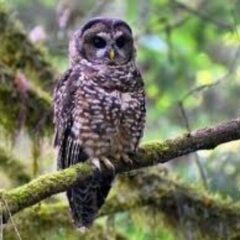Posts in Category: Current Issues
Climate Changes’ Toll on British Columbia’s Marine Ecosystems
Climate change, specifically rising global temperatures, threatens the survival of much marine life on the Pacific Coast of BC. Specific species are being driven close to extinction, causing widespread repercussions potentially affecting the entire planet. A key example of this is the mass death of Sunflower Sea Stars due to Sea Star Wasting disease.
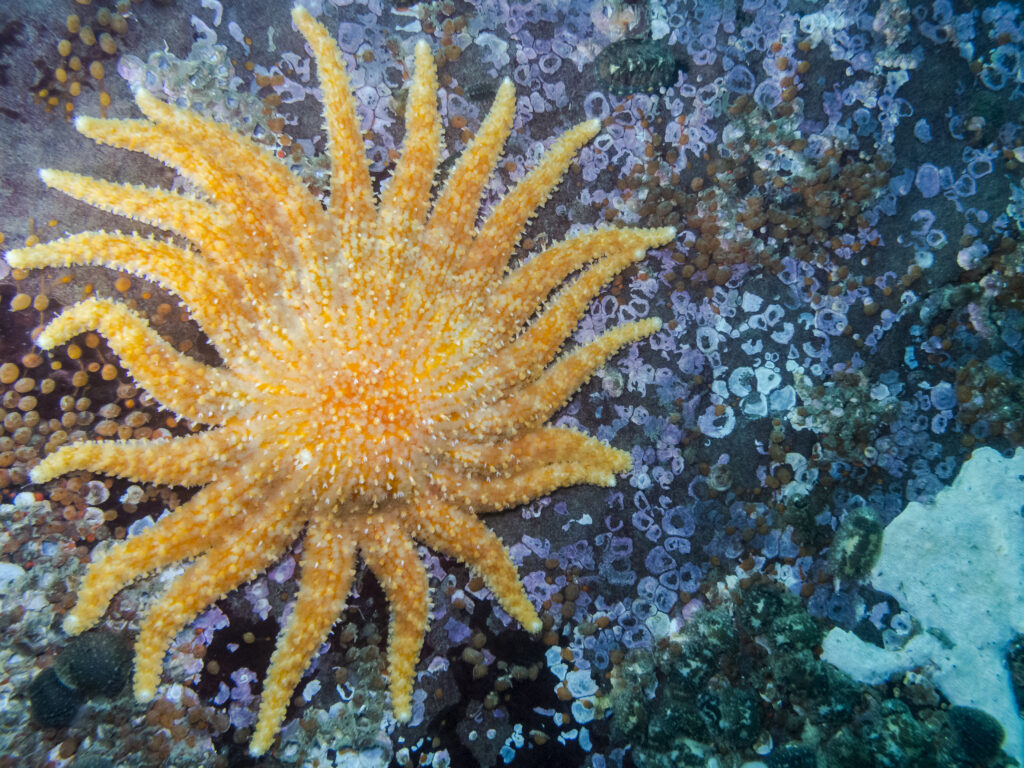
British Columbia’s largest starfish the Sunflower Sea Star.
(Naturediver/istock)
My article explains Sea Star Wasting Disease and how the deaths are affecting the environment as a whole. With fewer Sunflower Sea Stars to eat sea urchins, the urchins are destroying kelp forests and the habitats of the animals that depend on these forests for survival. My article then delves into the repercussions of kelp die off, as well as the potential for human-made kelp farms to revive the kelp and be a potential solution for further mitigating the effects of climate change on the environment.
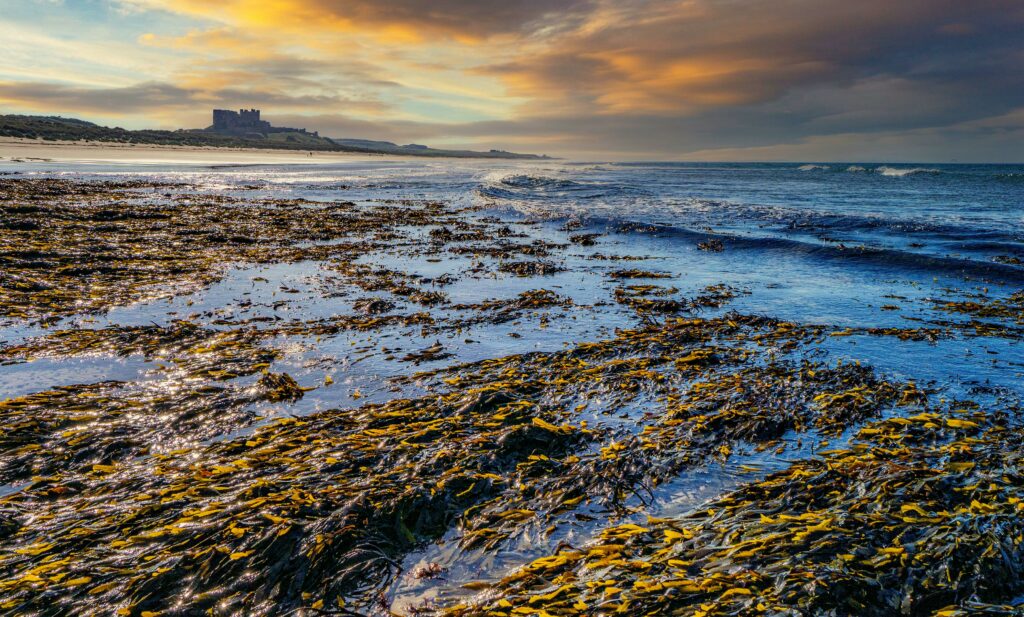
Kelp (Baycliff/Pexels)
The Deforestation and Fight for Fairy Creek In British Columbia, Canada
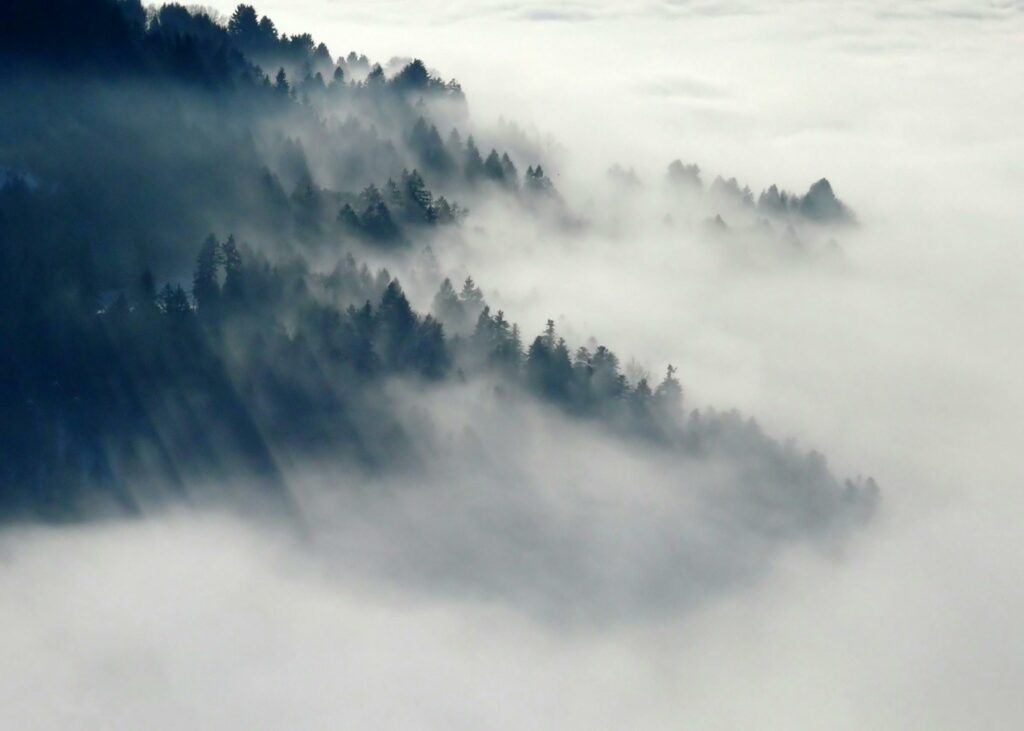
The Deforestation and Fight for Fairy Creek In British Columbia, Canada
In British Columbia, deforestation is occurring at an incredibly quick rate. From the 60 million hectares of forest that originally made up the province, only 22 million hectares remain, putting wildlife and animals at an accelerated risk of extinction.
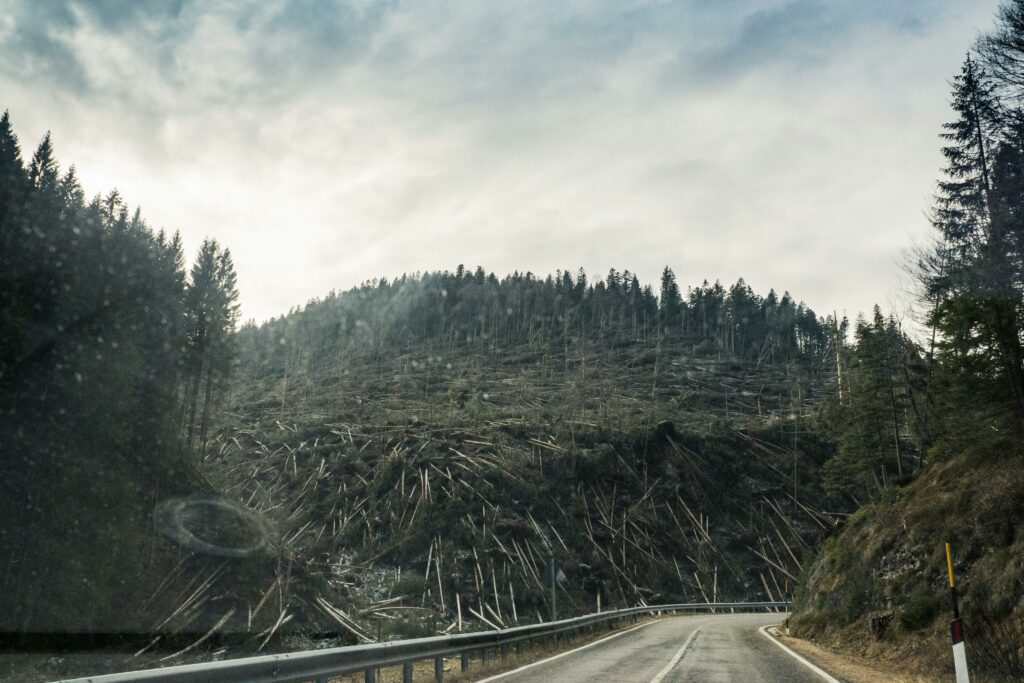
One of the most well-known old growth forests in British Columbia has particularly been hit hard with the loss of its agriculture. Fairy Creek is home to trees of up to a thousand years old and is located on the traditional, unceded territory of the Pachneedant First Nation peoples. With the loss of these sacred trees, many protests and movements have been created in order to attempt to save this land. However, the protests were ultimately disrespectful to the Indigenous community as their land was further disrespected.
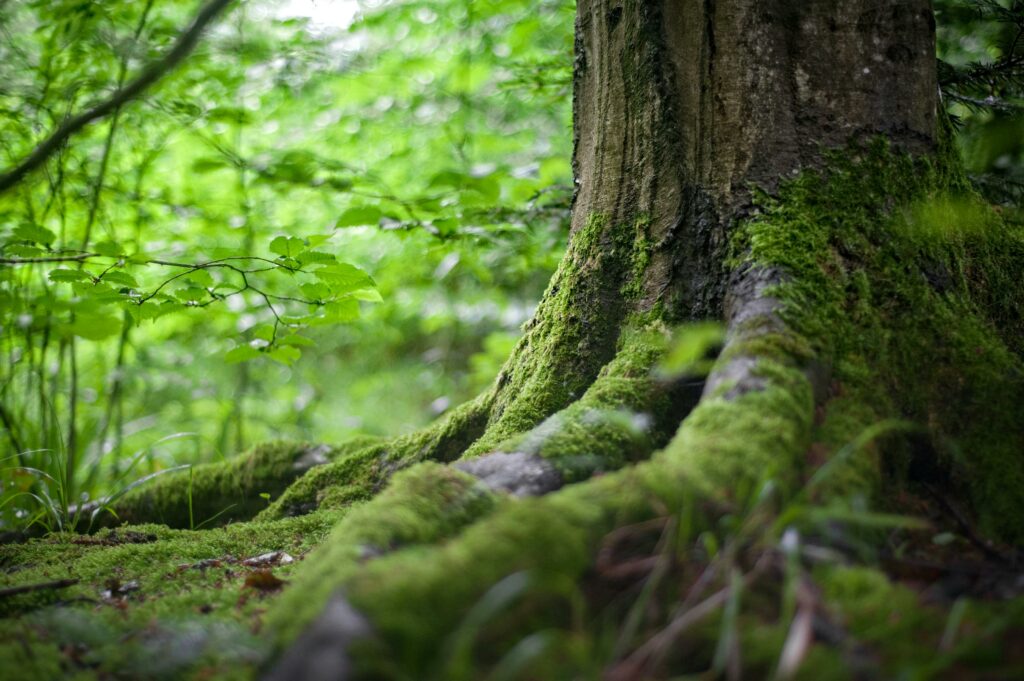
My feature article highlights the impacts of deforestation on climate change, agriculture and wildlife specifically in British Columbia. The article focuses on the statistics regarding the rapid deforestation as well as the animals at risk of extinction because of the removal of their homes. Furthermore, my feature article specifically focuses on the fight for the Fairy Creek forests that remain the home to Vancouver Island’s sacred old growth trees. There is a huge emphasis on the perspective of Indigenous communities and highlights the ways in which the Fairy Creek protests were an unethical fight for justice.
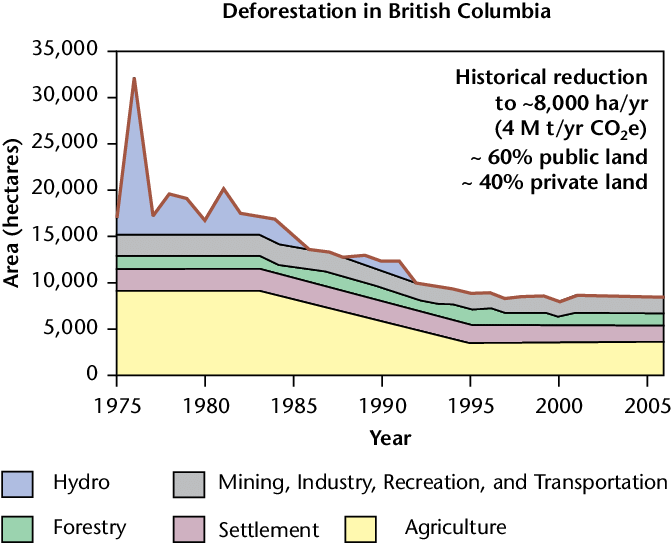
Unraveling the Impact of Invasive Species on British Columbia’s Ecosystems and Economy
Invasive species can create a ripple effect of changes within their new environments, often leading to significant ecological, economic, and health impacts.
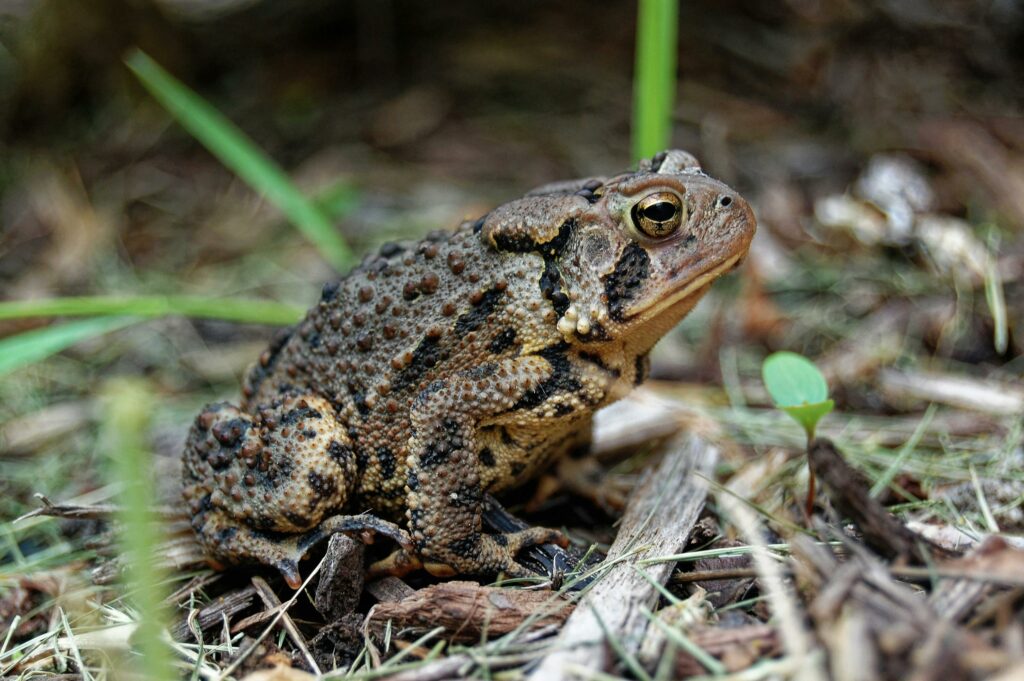
Ecologically, invasive species can out-compete native species for resources such as food, water, and habitat. This competition leads to a decrease in biodiversity as native species are displaced or even driven to extinction by the invading species. Their introduction also disrupts the balance of local food chains. If an invasive predator has no natural enemies in the new environment, it can multiply rapidly and deplete populations of native prey.
Moreover, invasive species can alter the physical characteristics of the environments they inhabit. Some invasive plants change soil composition, making it more difficult for native plants to grow. Others may increase the risk of natural disasters like wildfires. For instance, certain types of invasive grasses or weeds burn more easily and quickly than native species, which leads to more frequent and intense fires.
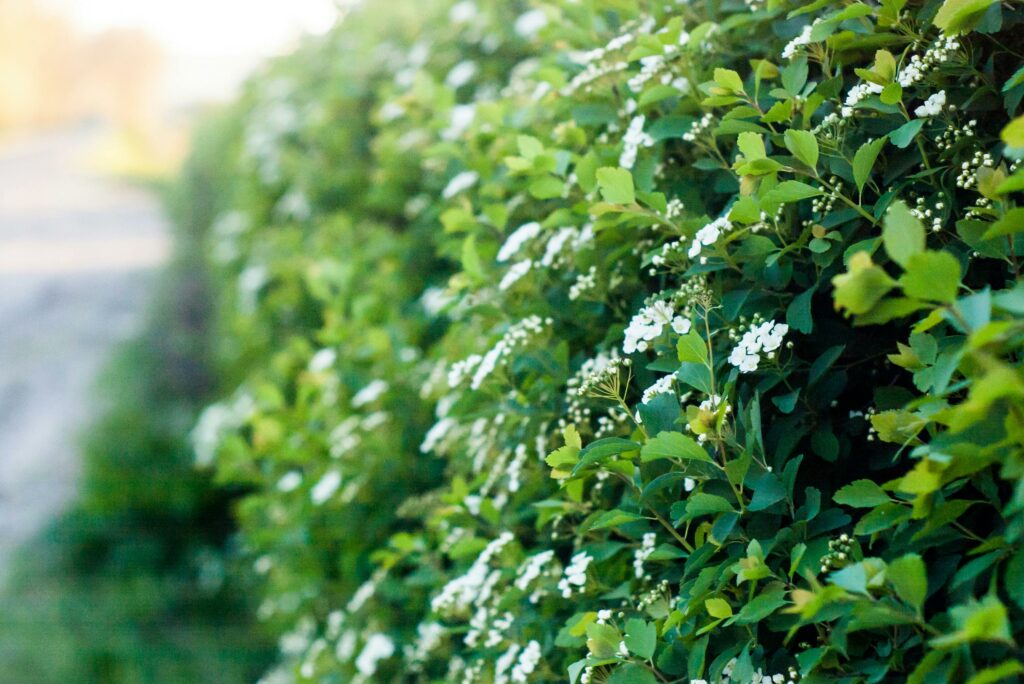
Economically, invasive species can wreak havoc on industries that rely on native species or natural resources. Forestry, fishing, and agriculture sectors can suffer significant financial losses due to invasive species. Crop yields can be severely impacted by invasive insects or diseases Invasive fish or aquatic plants can disrupt commercial fishing operations or recreational activities like boating and fishing.
Health risks can also arise from invasive species. Certain invasive plants can cause allergic reactions or toxic effects in humans and animals. Invasive animals can carry diseases that affect humans or livestock.
In my article, I highlighted the American Bullfrog and Wild Turkey as examples of invasive species in British Columbia. These species, once introduced, can disrupt local habitats and displace native species, leading to the consequences mentioned above. The impact of these invasions is felt across BC’s ecosystems, economy, and public health.
Addressing the issue of invasive species requires a comprehensive understanding of their biology, their impact on native ecosystems, and effective management strategies. It’s a complex problem that requires cooperation from scientists, policymakers, industry leaders, and the public. But with informed action, we can mitigate the impacts of invasive species and protect British Columbia’s rich biodiversity.
How Wildlife Expansion is Affecting Cities in B.C.
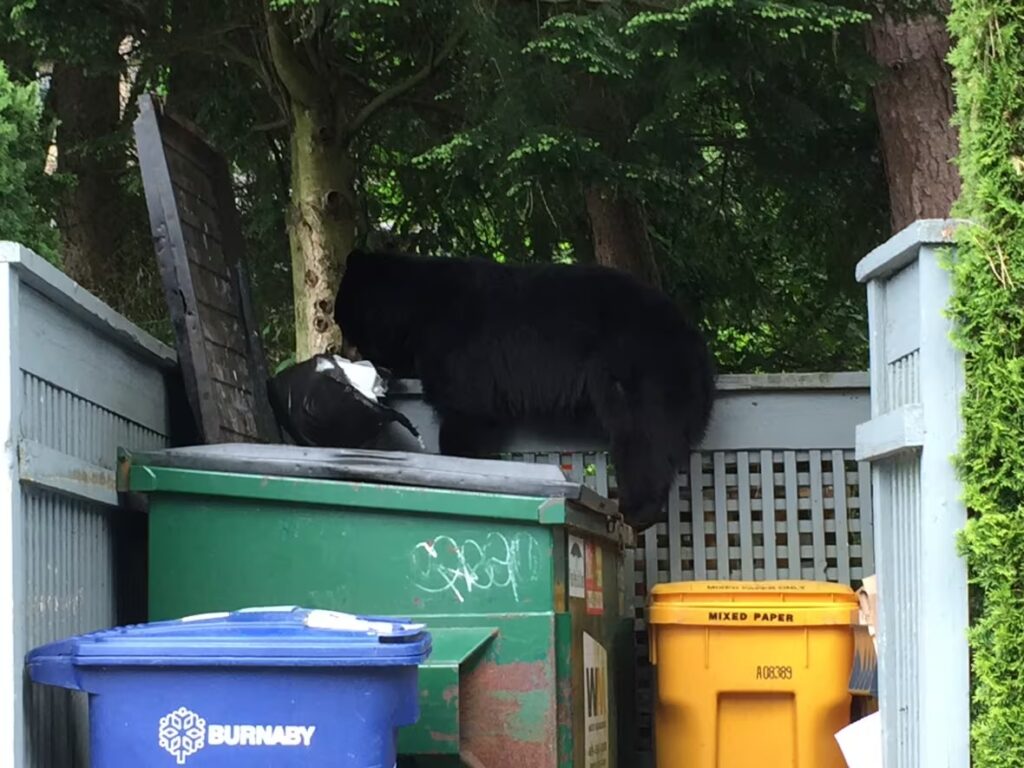
Many of us live in rural communities close to nature in British Columbia. Despite our best efforts, there is always a possibility we have to face in the risk of human-wildlife conflict. This article will focus on the human-wild conflict in British Columbia and dives into the issues aiming to understand why these conflicts happen.
What’s happening?
”The average number of black bears killed annually by the BC conservation officer service is around 500,” Executive Director of The Fur-bearers, Lesley Fox said.
Black Bear statistics are shown for each month, starting with January. Last updated on March 12, 2024.
| Year | Calls received | Calls attended | Bears destroyed by COS | Bears destroyed by others |
| 2023 | 5,963 | 520 | 151 | 31 |
| 2022 | 3,147 | 279 | 50 | 17 |
| 2021 | 3,524 | 335 | 74 | 15 |
| 2020 | 2,915 | 414 | 82 | 20 |
| 2019 | 2,474 | 291 | 67 | 15 |
| 2018 | 1,556 | 138 | 13 | 8 |
| 2017 | 2,503 | 225 | 43 | 17 |
The CBC also reported that Many communities in British Columbia have wilderness areas nearby, and this combination can lead to problems, according to Adam Ford, a biology professor at the University of British Columbia Okanagan. He said, “We don’t expect to see a lot of bear conflicts in downtown Vancouver, because that’s a lot of ground for a bear to cover, but it’s on the outskirts that we see these problems.” Ford added that people often want to have close encounters with wildlife, which can be dangerous for both humans and animals. One area where the problem has escalated is the Pacific Rim National Park Reserve on the West Coast of Vancouver Island. Ford mentioned that conflicts arise when people try to have a magical experience with a wolf on Long Beach, doing things they’re not supposed to do, such as offering food to the wolf. This causes the wolves to become conditioned to human interaction and handouts, leading to negative outcomes.
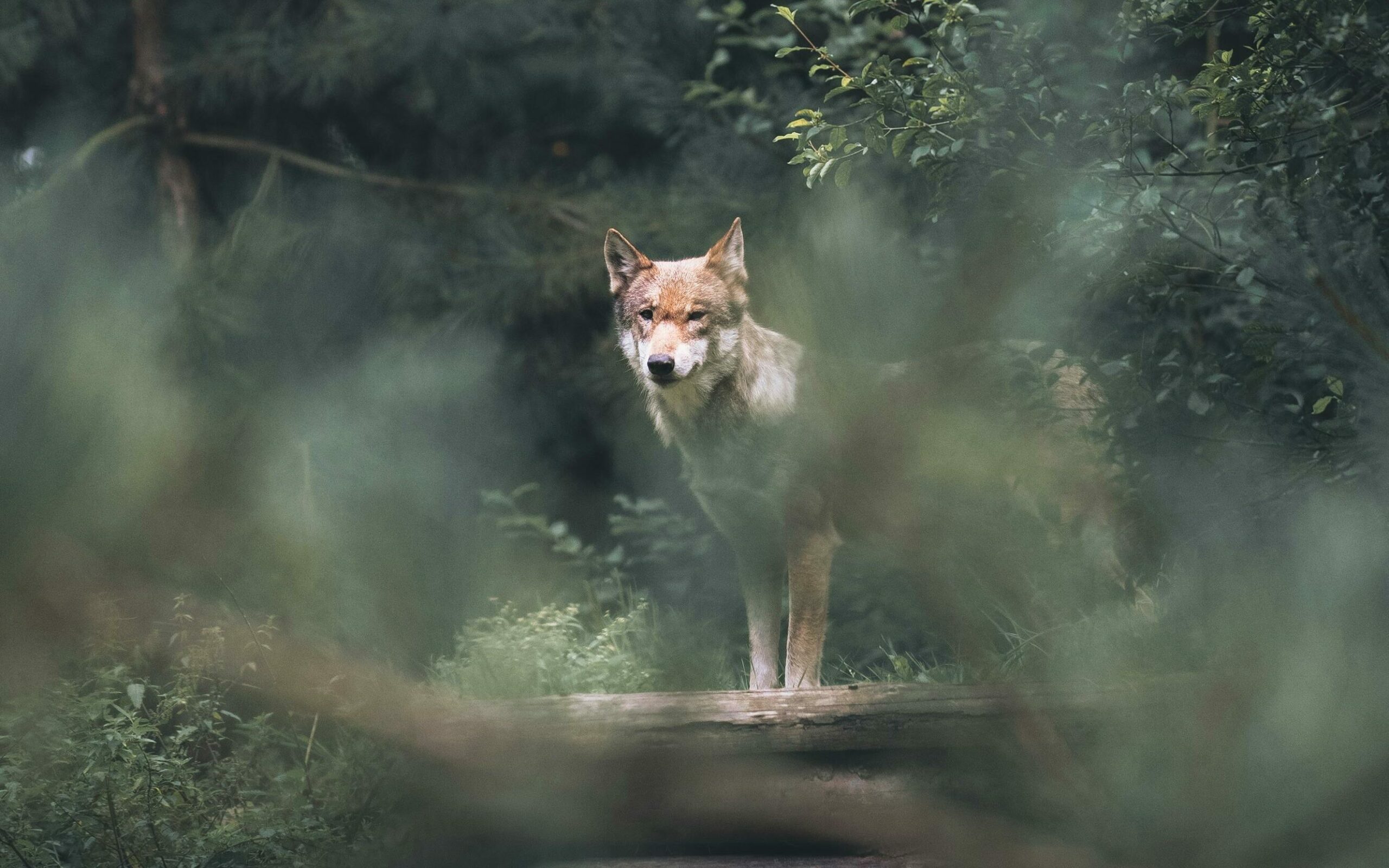
What Can We Do to Help Prevent Human-Wildlife Conflicts
What causes the conflicts?
Each year, too may beasts and other wildlife are killed because of human decision and behaviour. When we leave garbage out, it attracts a bear from tens of kilometers away. However, there are a variety of simple things that each of us can do that make a big difference to prevent human-wildlife conflicts.
Report to the BC conversation officer service if there’s any incident such as
- Accessing garbage or other human supplied food sources
- Instances when wildlife cannot be scared off
- dangerous wildlife is in public
- when a cougar or wolf is seen in an urban area
Let’s learn more about different species in BC and stay safe around wildlife.
